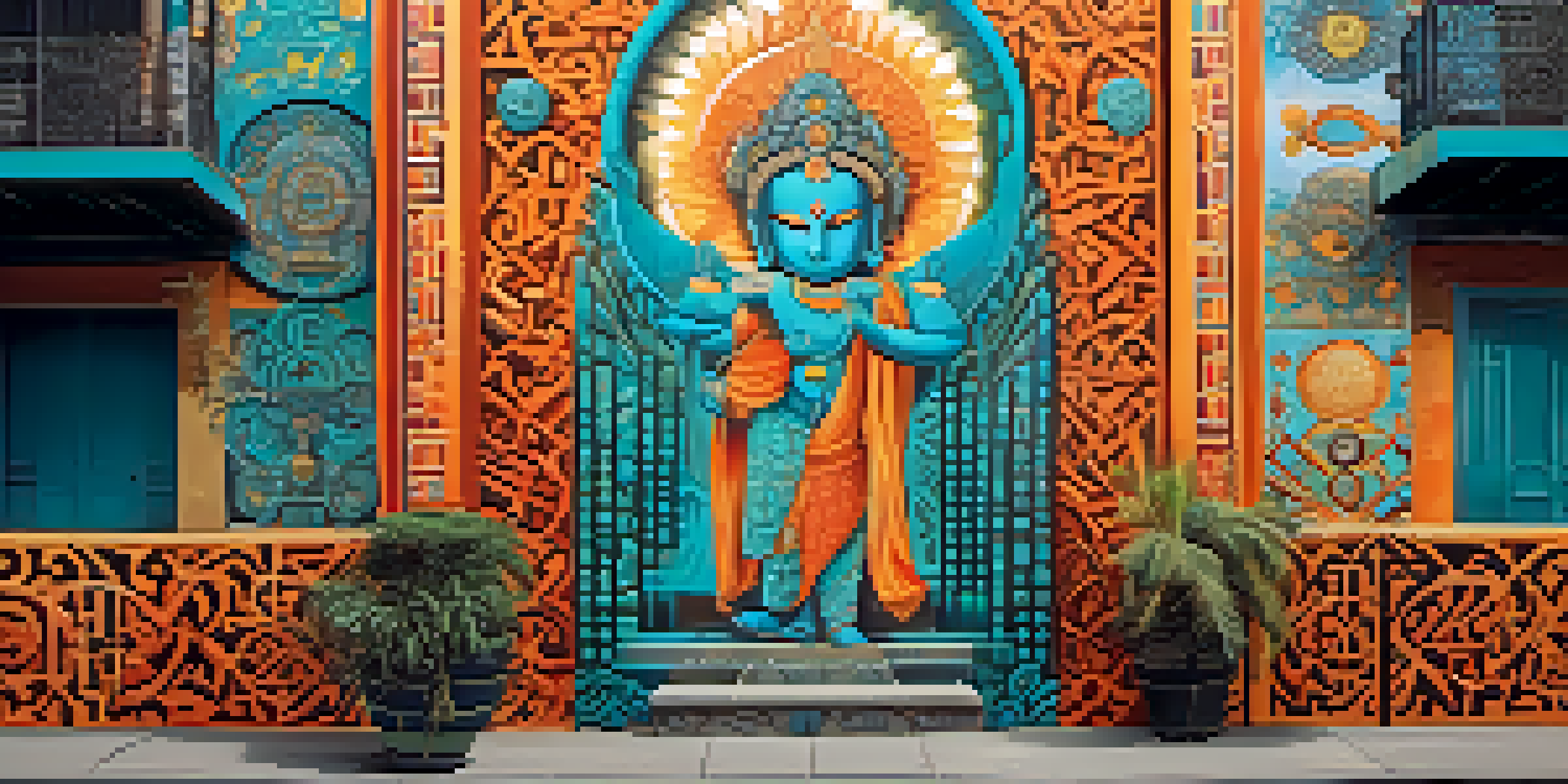Artistic Fusion: How Cultures Blend Through Globalization

Understanding Artistic Fusion in a Global Context
Artistic fusion refers to the blending of different cultural elements to create something new and unique. In our increasingly interconnected world, artists draw inspiration from a variety of cultural backgrounds, leading to rich, diverse expressions of creativity. This phenomenon not only reflects the complexities of global interactions but also highlights the beauty of collaboration across borders.
Historical Roots of Cultural Blending
Cultural blending is not a new concept; it has existed for centuries as societies have interacted through trade, migration, and conquest. For instance, the Silk Road was a vibrant conduit for the exchange of art, ideas, and techniques between the East and West. These historical exchanges laid the groundwork for the fusion we see today, showcasing how interconnectedness has always fueled artistic innovation.
Artistic Fusion Connects Cultures
Artistic fusion blends diverse cultural elements, reflecting the richness of global interactions and collaboration.
Modern Examples of Artistic Fusion
Today, we see artistic fusion in various forms, from music to visual arts. Genres like Reggaeton combine Latin rhythms with hip-hop, creating a sound that resonates globally. Similarly, contemporary artists like Kehinde Wiley blend traditional portraiture with modern themes, bridging cultural gaps and engaging audiences with diverse backgrounds.
The Role of Technology in Cultural Exchange
Advancements in technology have dramatically altered the way cultures interact and share artistic expressions. Social media platforms allow artists to showcase their work to a global audience, fostering collaboration and inspiration. As a result, we witness a rapid exchange of ideas, where an artist in Tokyo can influence a painter in Brazil with just a click.
Technology Enhances Cultural Exchange
Advancements in technology, particularly social media, have transformed how artists share and collaborate across the globe.
Challenges of Cultural Appropriation
While artistic fusion is enriching, it also raises questions about cultural appropriation. This occurs when elements of a culture are adopted without understanding or respect, often leading to controversy. A fine line exists between appreciation and appropriation, reminding us of the importance of acknowledging the origins and significance of cultural elements in our art.
The Impact of Globalization on Local Art Forms
Globalization can threaten local art forms, as global influences often overshadow traditional practices. However, this can also lead to a revival of interest in local cultures, as artists seek to blend traditional techniques with contemporary themes. This dynamic interplay can create a rich tapestry of artistic expression that honors heritage while embracing modernity.
Cultural Appropriation Awareness Needed
While artistic fusion is valuable, it raises important discussions about cultural appropriation and the need for respectful engagement with cultural elements.
Art as a Unifying Force in a Divided World
In times of division, art can serve as a powerful unifying force. Collaborative projects that bring together artists from different backgrounds can foster understanding and empathy. Through shared creative experiences, we can break down barriers and celebrate our differences, showcasing how art transcends cultural boundaries.
Looking Ahead: The Future of Artistic Fusion
As globalization continues to evolve, the landscape of artistic fusion will undoubtedly change. Emerging technologies like virtual reality and artificial intelligence may further transform how we experience and create art. By embracing these changes, we can anticipate a future where artistic expression knows no bounds, continually celebrating the beauty of cultural diversity.